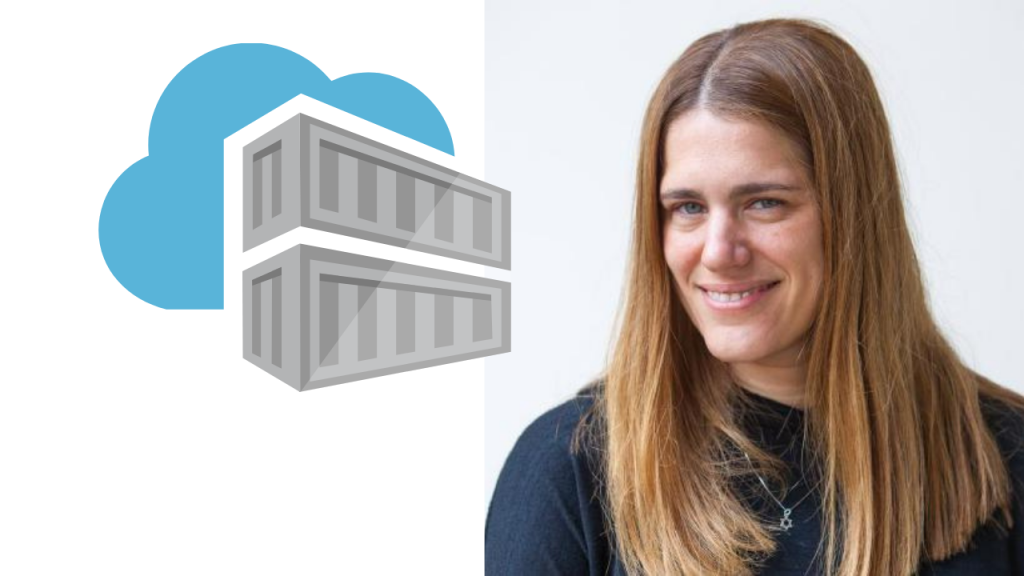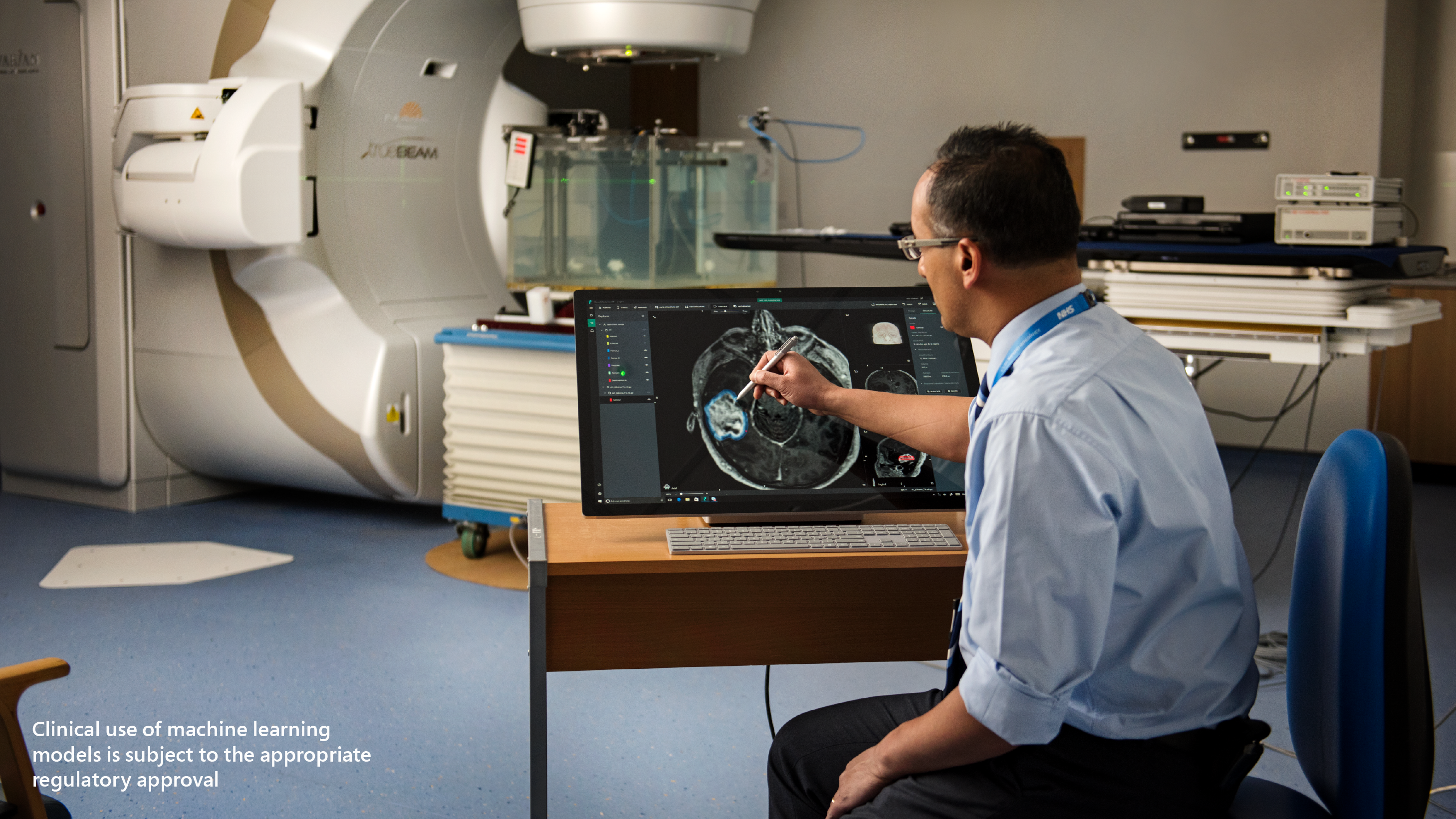Steering Wealth Management Industry Through Digital Transformation In The Post Pandemic World

Implement ready to use digital solutions and change internal processes instead
of starting from scratch to build solutions to cater to its
processes. Don’t shy from exploring global solutions, you would most
likely get a great product which may not be expensive. Insist on following the
Methodology of “Pay as you Use or Pay as you Grow” instead of incurring
significant implementation charges and license fees. Explore working
with StartUps who are hungry for businesses and will go out of the way to
build great solutions. A robust database for sending relevant, targeted
and personalized communications Make a beginning and take baby steps.
Focus on 90% of your requirements. Lot of time and energy is spent on
addressing 10% of requirements which can be done manually or there could be a
work around We are at the cusp of a brave, new world that demands
self-sufficiency, and it is becoming rapidly clear that greater digital
freedom will play a pivotal role in making the Industry more effective,
scalable and enduring on this uncharted road ahead. Firms that deploy these
tools fast will attract clients and survive. The Industry has always been one
to shy away from digital transformation.
Layered security becomes critical as malware attacks rise

The scam script Trojan.Gnaeus made its debut at the top of WatchGuard’s top 10
malware list for Q2, making up nearly one in five malware detections. Gnaeus
malware allows threat actors to hijack control of the victim’s browser with
obfuscated code, and forcefully redirect away from their intended web
destinations to domains under the attacker’s control. Another popup-style
JavaScript attack, J.S. PopUnder, was one of the most widespread malware
variants last quarter. In this case, an obfuscated script scans a victim’s
system properties and blocks debugging attempts as an anti-detection tactic.
To combat these threats, organizations should prevent users from loading a
browser extension from an unknown source, keep browsers up to date with the
latest patches, use reputable adblockers and maintain an updated anti-malware
engine. XML-Trojan.Abracadabra is a new addition to the top 10 malware
detections list, showing a rapid growth in popularity since the technique
emerged in April. Abracadabra is a malware variant delivered as an encrypted
Excel file with the password “VelvetSweatshop”, the default password for Excel
documents.
Want diversity? Move beyond your closed network

In earnest, the difficulty of recruiting diverse candidates reflects the fact
that the networks the banking industry typically relies upon to attract and
recruit talent do not reach diverse pools of talented candidates. This network
gap is insidious too, leading to a lack of diversity in other aspects of
business, like vendor procurement and investment. Once, Mitt Romney spoke of
“binders full of women” when running for president. While his wording was
inartful, he seemed to recognize that he needed to make a deliberate effort to
build his network of talented women in order to be able to appoint numbers of
qualified women. So, what deliberate steps can banks take to close the network
gap and find talented people of color? Here are a few things any bank can do
to turn intention into impact, and close the network gap. Begin with
reflection: Why are you not tied to diverse networks? Do you know where to
find black and brown civil society? Learning why your company may not be a
cultural fit for certain demographics is nothing new for banks. Gender is
probably the most recent example. Understanding that women bring different and
needed experience to leadership creates an impetus for more diversity.
Why No One Understands Enterprise Architecture & Why Technology Abstractions Always Fail

The first step is demystification. All of the abstract terms – even the word
“architecture” – should be modified or replaced with words and phrases that
everyone – especially non-technology executives – can understand. Enterprise
planning or Enterprise Business- Technology Strategy might be better, or even
just Business-Technology Strategy (BTS). Why? Because “Enterprise
Architecture” is nothing more than an alignment exercise, alignment between
what the business wants to do and how the technologists will enable it now and
several years out. It’s continuous because business requirements constantly
change. At the end of the day, EA is both a converter and a bridge: a
converter of strategy and a bridge to technology. The middle ground is the
Business-Technology Strategy. EA – or should I say “Business Technology
Strategy” – isn’t strategy’s first cousin, it’s the offspring. EA only makes
sense when it’s derived from a coherent business strategy. For technology
companies, that is, companies that sell technology-based products and services
– the role of EA is easier to define. Who doesn’t want to help technology (AKA
“engineering”) – the ones who build the products and services – build the
right applications with the right data on the right infrastructure?
Types of Apps that can be built with Angular Framework

Undoubtedly, Angular development is almost everywhere after it was released in
2009. A few years back, Angular development services are on great boom.
Angular is considered the best framework for developing web, single-page, and
mobile applications. The Angular framework has impressive features; the
developers and enterprise website owners pretty much like it. Even most of the
developers shifted their technology to angular. Before knowing why angular
mobile app development and what sort of applications can be developed using an
angular framework, let’s first dive into the topic of what exactly Angular
framework is? Angular is a JavaScript-based framework from the family of
Google. The angular framework was developed by Google’s developers to create
dynamic web applications. Angular is a full-fledged framework used for the
frontend development of an application. Angular has a lot to give to your web
and mobile application. Angular will not only create an impressive UI for your
application but also provide features like high performance and user-friendly.
As a feature-rich framework, Angular provides a vast number of features for
web application developers.
WebAssembly Could Be the Key for Cloud Native Extensibility

Google had been championing the idea of making WebAssembly a common runtime
for Envoy, as a way to help its own Istio service mesh, of which Envoy is a
major component. WASM is faster than JavaScript and, because it runs in a
sandbox (a virtual machine), it is secure and portable. Perhaps best of all,
because it is very difficult to write assembly-like WASM code, many parties
created translators for other languages — allowing developers to use their
favored languages such as C and C++, Python, Go, Rust, Java, and PHP. Google
and the Envoy community also rallied around building a WebAssembly System
Interface (WASI), which serves as the translation layer between the WASM and
the Envoy filter chain. Still, the experience of building Envoy modules wasn’t
packaged for developers, Levine thought at the time. There was still a lot of
plumbing to add, settings for Istio and the like. ““Google is really good at
making infrastructure tooling. But I’d argue they’re not the best at making
their user experience,” Levine said. And much like Docker customized the Linux
LXC — pioneered in large part by Google — to open container technology to more
developers, so too could the same be done with WASM/WASI for Envoy, Levine
argues.
Amazon's robot drone flying inside our homes seems like a bad idea

Amazon says you can specify a flight path, map your house, locate points of
interest, and generally instruct the eye of Skynet where to fly. Cyberdyne,
uh, Amazon also says the device has built in obstacle avoidance. Let's think
about that for a minute. Will the device be able to avoid hanging lamps or
plants? What about objects high up on shelves? Will it be able to stand back
when a sleep-addled adult gets up in the middle of the night to do middle of
the night business? Why would it be out and about at that time anyway? And
what about the downdraft? How close can it fly to bookshelves and knickknacks
without air-blasting them to the ground? How much will it freak out your pets?
My spouse? Your spouse? Just how creepy would it be for it to hover over the
kids beds because you're too lazy to get off the couch to see if they're
asleep? Every rational fiber of my being tells me this is wrong on every
level. ... The Always Home Cam is primarily meant as a remote security cam. If
you're out and you get an alert from a Ring doorbell or other security device
(I wonder if this will work with other trigger devices), you can virtually fly
around your house and see what's happening.
Project InnerEye open-source deep learning toolkit: Democratizing medical imaging AI

Project InnerEye has been working closely with the University of Cambridge and
Cambridge University Hospitals NHS Foundation Trust to make progress on this
problem through a deep research collaboration. Dr. Raj Jena, Group Leader in
machine learning and radiomics in radiotherapy at the University of Cambridge,
explains, “The strongest testament to the success of the technology comes in
the level of engagement with InnerEye from my busy clinical colleagues. For
over 15 years, the promise of automated segmentation of images for
radiotherapy planning has remained unfulfilled. With the InnerEye ML model we
have trained on our data, we now observe consistent segmentation performance
to a standard that matches our stringent clinical requirements for accuracy.”
The goal of Project InnerEye is to democratize AI for medical image analysis
and empower developers at research institutes, hospitals, life science
organizations, and healthcare providers to build their own medical imaging AI
models using Microsoft Azure. So to make our research as accessible as
possible, we are releasing the InnerEye Deep Learning Toolkit as open-source
software.
How to Strengthen the Pillars of Data Analytics for Better Results

Data analysts and business analysts rely heavily on a fit-for-purpose data
environment that enables them to do their jobs well. These environments allow
them to answer questions from management and different parts of the business.
These same professionals have expertise in working and communicating with data
but often do not have deep technical knowledge of databases and the underlying
infrastructure. For instance, they may be familiar with SQL and bringing
together data sources in a simple data model that allows them to dig deeper in
their analysis, but when the database performance degrades during more complex
analysis, the depth of infrastructure reliance becomes clear. The dreaded
spinner wheel or delays in analysis make it difficult to meet business needs
and demands. This can impact critical decision making and reveal underlying
weaknesses that get in the way of other data applications, such as artificial
intelligence (AI). These indicators of poor performance also show the need for
scaling the data environment to accommodate the growth of data and data
sources.
The Role of Data Management in Advancing Biology
I think FAIR has really codified a way of thinking about data that's incredibly
aspirational and resonates with people. One of the biggest challenges we're
facing in this field right now is findability of the data—search is a hard
problem. Then let's say you manage to find some data that you're very interested
in; a lot of the time it's not clear whether or not those data are accessible to
you or to the public. There's been a large push over the last decade to make
everything reproducible, to make the data accessible, to have a data management
plan. A lot of that effort isn't necessarily resourced, so just because you have
a data management plan doesn't mean that you have a clear place where you can
actually put data. We're lucky that the Sequence Read Archives exist and that
the NIH continues to fund it, because that's become one of these major focal
points for collecting the data. But even more than that, when you're in the
middle of collecting data for a very specific question, you're not necessarily
thinking about what other information to collect to make these data useful to
other groups or other labs. That's not a part of the thought experiment that
you're going through in that moment.
Quote for the day:
"A company is like a ship. Everyone ought to be prepared to take the helm." -- Morris Wilks
No comments:
Post a Comment